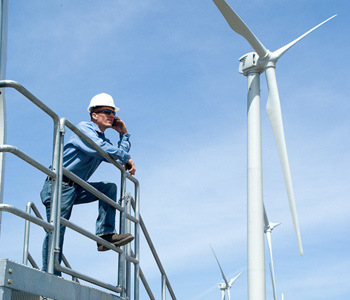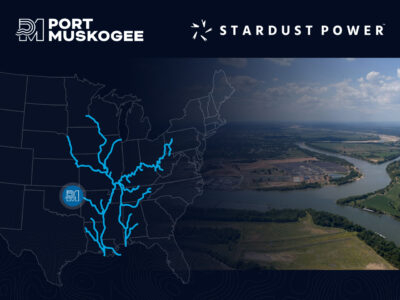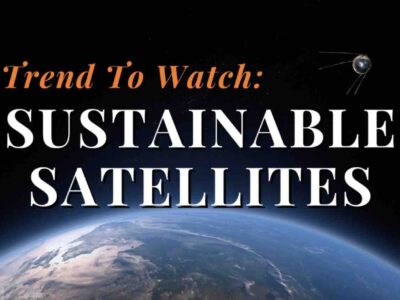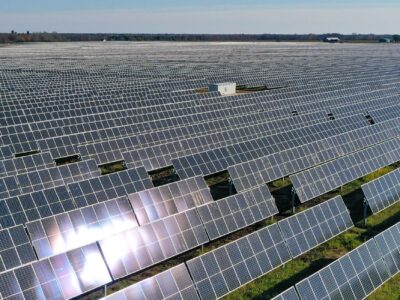In addition to being blessed with rich farmland, Iowa has been given another gift from Mother Nature: plenty of wind. It ranks among the top states in average wind speed, making Iowa a good candidate for wind-generated power, and the Hawkeye State has delivered on that potential.
In July 2023, Iowa set a new record when it announced that 64% of the state’s energy production came from wind. According to the Public News Service, clean energy advocates called it a “big step along the road to fossil-fuel independence.” The milestone reflected many years of progress since Iowa began harnessing wind energy on a large scale.
As the Public News Service noted, Iowa has been a national wind-energy leader for decades. Now, environmental leaders have their sights set on a new target: becoming a carbon-free electricity sector by 2035. Given the state’s progress with wind energy, that goal seems within reach.
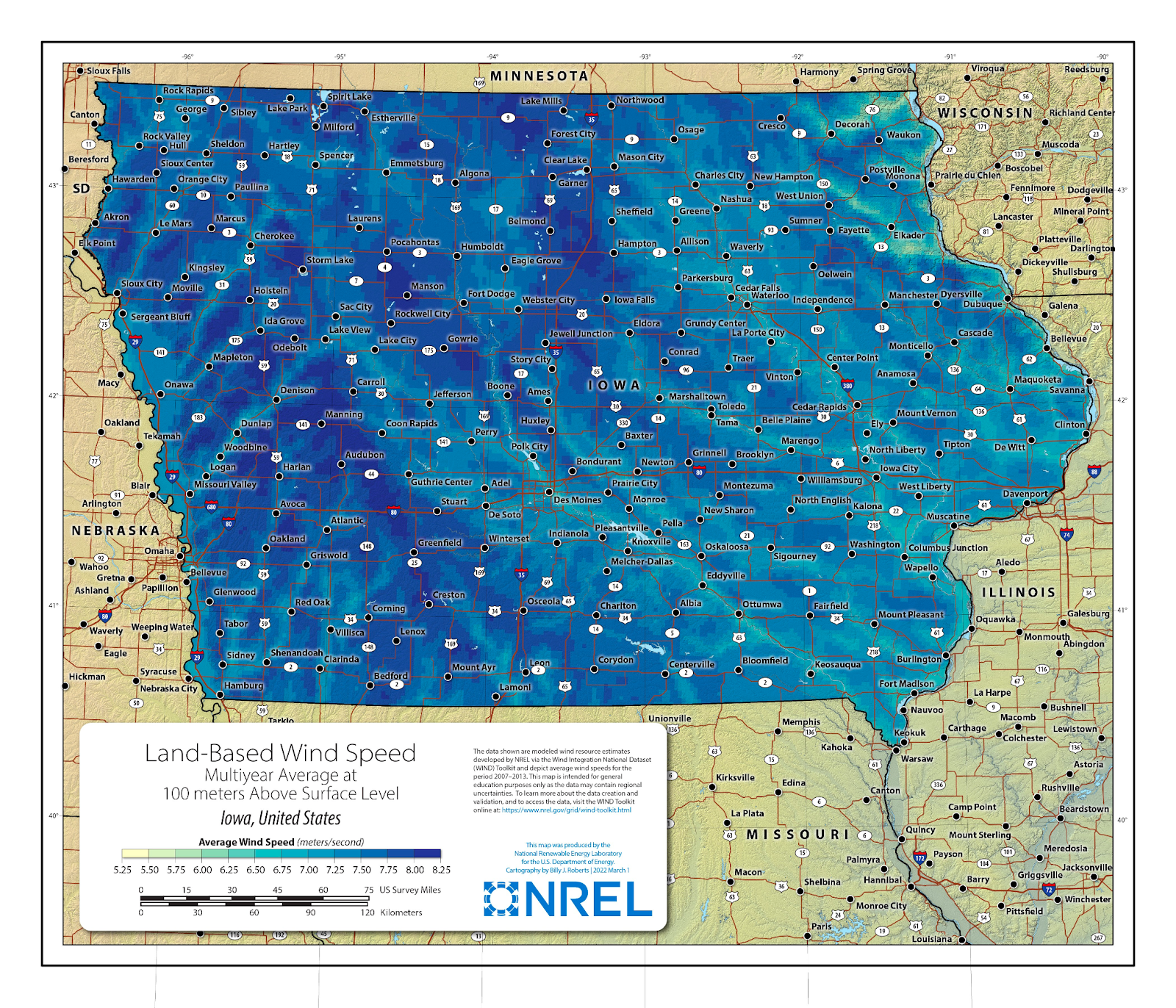
Photo Courtesy WINDExchange
“The energy mix in Iowa has shifted from being dominated more by coal with some natural gas to being dominated by wind with a much smaller fraction of coal and natural gas,” Michael Schmidt, Iowa Environmental Council (IEC) staff attorney, told the Public News Service in an interview.
According to Schmidt, wind is the least expensive source of energy generation and has “dramatically” lower costs than coal.
The challenge is figuring out where to build wind turbines in a state where farmland is so important to the economy.

Photo Courtesy Iowa Environmental Council
The Public News Service reported that the land must have a “low corn suitability ratio” to install wind turbines. This requirement means it must be proven that “the acreage will be more valuable to wind farmers than it is to corn farmers.” The good news is that more people in Iowa are beginning to see the value of clean energy sources.
“I think Iowans have come together about renewable energy because it provides benefits in rural areas; it provides benefits to customers across the state,” Schmidt said. “It has been a great development to have this continued growth in renewable energy. It’s remarkable that Iowa has led the way on this for so long even through political change for decades now.”
Compared with other states, Iowa got an early start in adopting wind energy. U.S. Sen. Chuck Grassley of Iowa gives much of the credit to a piece of bipartisan legislation he helped craft in the early 1990s called the Wind Energy Incentives Act.
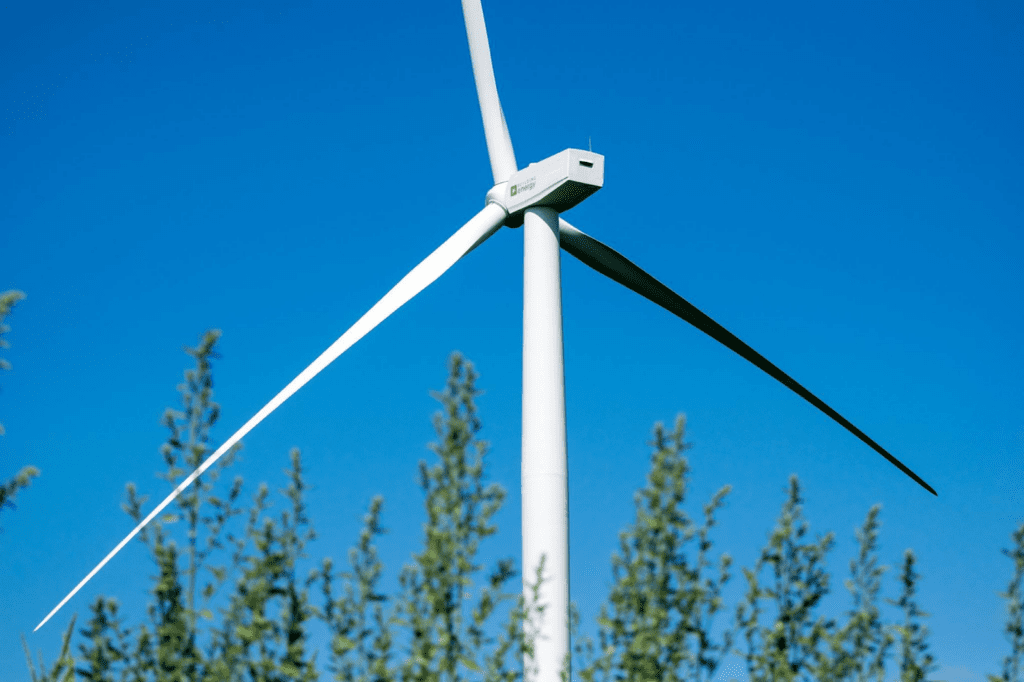
Photo Courtesy Iowa Environmental Council
“Now 30 years since it became law — and complemented by connected efforts along the way — I’m proud of the legislation’s continued outcomes,” Grassley wrote in a Feb. 8 column for the Des Moines Register. “The law helped catalyze Iowa’s leadership in renewable energy development. There wasn’t a single wind turbine in Iowa until after my wind energy tax credit. Today, clean energy sources account for 60% of Iowa’s electricity production. That is proof that tailored, targeted, and consensus-driven policies can make sustained impacts.”
According to the U.S. Energy Information Administration (EIA), Iowa was the second-largest wind power producer in the country after Texas as of 2022. Wind energy powered 62% of Iowa’s net generation that year, which was the highest share of any state.About 224 megawatts of new wind power generating capacity were scheduled to come online in 2023, and there is still plenty of room to grow. As the EIA noted, the strongest winds occur in northwestern Iowa, where most of the wind farms are concentrated. That leaves much of the rest of the state to accommodate new wind farms.

